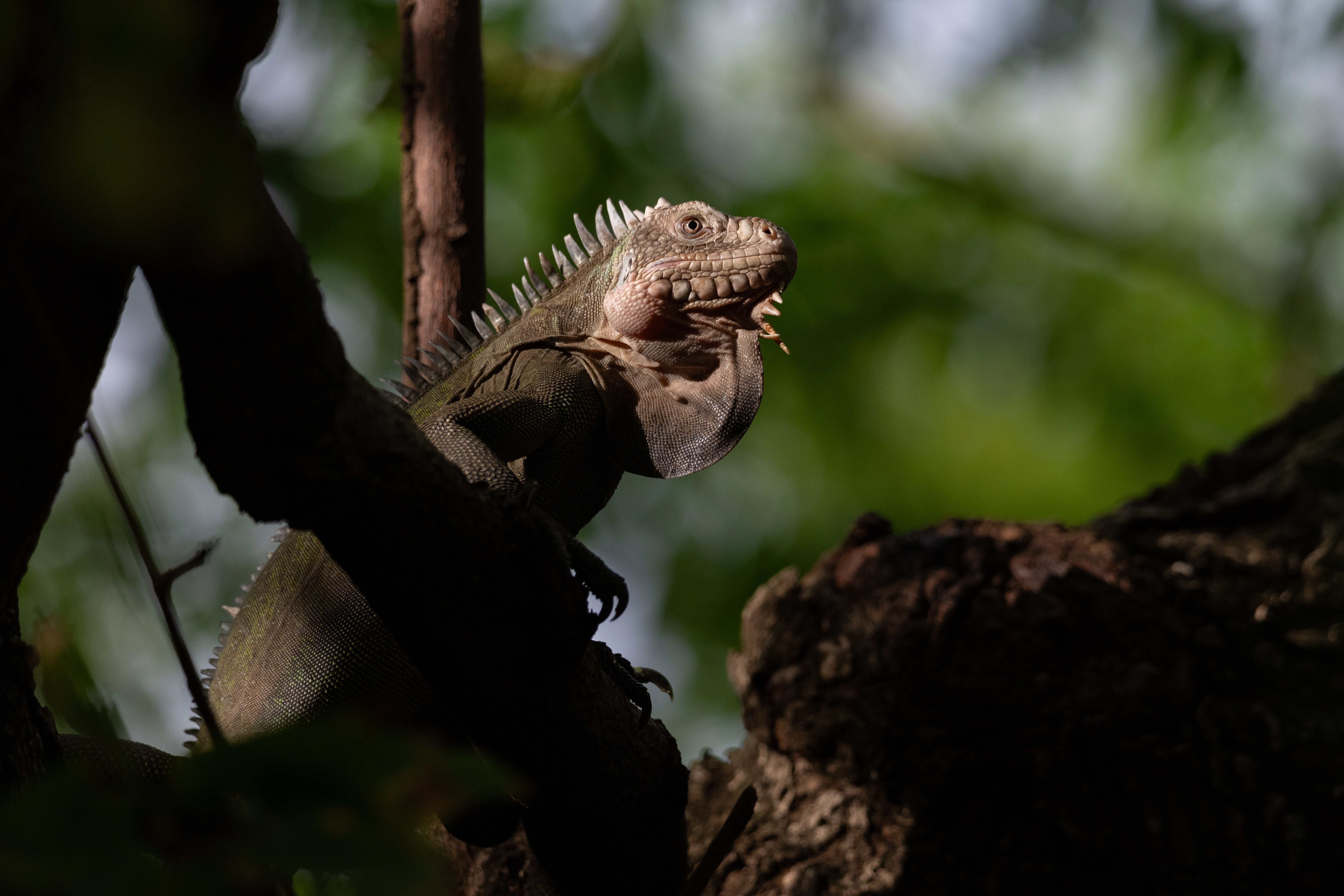Habitat destruction and disease are both well-documented causes of the decline of amphibians—among the most threatened animals on the planet—but a new paper analyzing two decades’ worth of data from around the world has found that climate change is emerging as one of the biggest threats to frogs, salamanders, and caecilians. The study was published today, Oct. 4, in the scientific journal Nature.
The study, “Ongoing declines for the world’s amphibians in the face of emerging threats,” is based on the second global amphibian assessment, coordinated by the Amphibian Red List Authority, which is a branch of the International Union for Conservation of Nature’s Species Survival Commission’s Amphibian Specialist Group, hosted and managed by Re:wild.
The assessment evaluated the extinction risk of more than 8,000 amphibian species from all over the world, including 2,286 species evaluated for the first time. More than 1,000 experts across the globe contributed their data and expertise, which found that two out of every five amphibians are threatened with extinction. These data will be published on the IUCN Red List of Threatened Species™.
Between 2004 and 2022, a few critical threats have pushed more than 300 amphibians closer to extinction, according to the study. Climate change was the primary threat for 39% of these species. This number is expected to rise as better data and projections on species’ responses to climate change become available. Climate change is especially concerning for amphibians in large part because they are particularly sensitive to changes in their environment.
“As humans drive changes in the climate and to habitats, amphibians are becoming climate captives, unable to move very far to escape the climate change-induced increase in frequency and intensity of extreme heat, wildfires, drought and hurricanes,” said Jennifer Luedtke Swandby, Re:wild manager of species partnerships, Red List Authority coordinator of the IUCN SSC Amphibian Specialist Group, and one of the lead authors of the study. “Our study shows that we cannot continue to underestimate this threat. Protecting and restoring forests is critical not only to safeguarding biodiversity, but also to tackling climate change.”
Habitat destruction and degradation as the result of agriculture (including crops, livestock like cattle and livestock grazing, and silviculture), infrastructure development and other industries is still the most common threat, according to the paper. Habitat destruction and degradation affect 93% of all threatened amphibian species. Expanded habitat and corridor protection in the places most important for biodiversity is going to continue to be critical.
Disease caused by the chytrid fungus—which has decimated amphibian species in Latin America, Australia and the United States—and overexploitation also continue to cause amphibian declines. Habitat destruction and degradation, disease, and overexploitation are all threats that are exacerbated by the effects of climate change.
The study also found that three out of every five salamander species are threatened with extinction primarily as the result of habitat destruction and climate change, making salamanders the world’s most threatened group of amphibians. North America is home to the most biodiverse community of salamanders in the world, including a group of lungless salamanders abundant in the Appalachian Mountains of the eastern United States. Because of this, conservationists are concerned about a deadly salamander fungus that has been found in Asia and Europe, called Batrachochytrium salamandrivorans (Bsal), entering the Americas.
“Bsal has not yet been detected in the United States, but because humans and other animals can introduce the fungus to new places, it may only be a matter of time before we see the second global amphibian disease pandemic,” said Dede Olson, a research ecologist with the USDA Forest Service, member of the IUCN SSC Amphibian Specialist Group, and co-author on the paper. “It is critical that we continue to implement proactive conservation actions to prevent the spread of Bsal into the United States, including effective biosecurity practices for wild and captive amphibians, and rapid detection and response measures. The North American Bsal Task Force includes a multi-pronged strategic plan that includes: a continental surveillance and monitoring network; research studies identifying high-risk geographies and species; and collaborative partnerships across public, private, and governmental sectors.”
The Nature paper provides an update to the 2004 landmark paper that was based on the first global amphibian assessment for the IUCN Red List, which revealed the unfolding amphibian crisis for the first time and established a baseline for monitoring trends and measuring conservation impact. According to this new study, nearly 41% of all amphibian species that have been assessed are currently globally threatened, considered critically endangered, endangered or vulnerable. This is compared to 26.5% of mammals, 21.4% of reptiles and 12.9% of birds.
Four amphibian species were documented as having gone extinct since 2004—the Chiriquí harlequin toad (Atelopus chiriquiensis) from Costa Rica, the sharp snouted day frog (Taudactylus acutirostris) from Australia, Craugastor myllomyllon and the Jalpa false brook salamander (Pseudoeurycea exspectata), both from Guatemala. Twenty-seven additional critically endangered species are now considered possibly extinct, bringing the total to more than 160 critically endangered amphibians that are considered possibly extinct. The assessment also found that 120 species improved their Red List status since 1980. Of the 63 species that improved as the direct result of conservation action, most improved due to habitat protection and management.
“The history of amphibian conservation itself proves how vital this information is,” said Adam Sweidan, chair and co-founder of Synchronicity Earth. “If the IUCN Red List had been updated on a similar scale in the 1970s that it is today, we could have traced the sweeping amphibian disease pandemic 20 years before it devastated amphibian populations. It isn’t too late—we have this wealth of information, we have the Amphibian Conservation Action Plan, but plans and information are not enough. We need to act. We need to act fast.”
Conservationists will use the information from this study to help inform a global conservation action plan, to prioritize conservation actions at the global level, to seek additional resources, and to influence policy that can help reverse the negative trend for amphibians.
“Amphibians are disappearing faster than we can study them, but the list of reasons to protect them is long, including their role in medicine, pest control, alerting us to environmental conditions, and making the planet more beautiful,” said Kelsey Neam, Re:wild species priorities and metrics coordinator and one of the lead authors of the Nature paper. “And while our paper focuses on the effects of climate change on amphibians, the reverse is also critically important: that the protection and restoration of amphibians is a solution to the climate crisis because of their key role in keeping carbon-storing ecosystems healthy. As a global community it is time to invest in the future of amphibians, which is an investment in the future of our planet.”
Additional quotes
Ariadne Angulo, paper co-author and co-chair of the IUCN SSC Amphibian Specialist Group “The second global amphibian assessment confirms our suspicions that global amphibian declines and extinctions have continued unabated. The stakes are extraordinarily high: if there was ever a time to act to save amphibians and their habitats, it is now. Together with the Amphibian Conservation Action Plan (ACAP), the second global amphibian assessment will be a powerful tool to identify not only what the issues are and where, but also what needs to be done to curb amphibian declines and extinctions.”
Sara Ashpole, paper co-author, associate professor at St. Lawrence University and a member of the IUCN SSC Amphibian Specialist Group “Amphibians are essential to the Earth’s life support system. It is critical that the complex and dynamic nature of amphibian declines and the consequences of slow or inadequate attention to their conservation status remain at the global forefront of our actions as scientists.”
Claudio Azat, paper co-author and director of the Sustainability Research Center, Universidad Andres Bello, Chile; and a member of the IUCN SSC Amphibian Specialist Group “This is a call to action for every person on the planet. Having such a huge and detailed assessment makes it possible to call on governments for a faster and more efficient response to combat the amphibian biodiversity crisis.”
Amaël Borzée, paper co-author and co-chair of the IUCN SSC Amphibian Specialist Group, and professor at the Laboratory of Animal Behaviour and Conservation, College of Biology and the Environment, Nanjing Forestry University “Whether to conserve amphibians is not a question anymore, but an imperative need. And focusing on areas traditionally receiving conservation attention is not enough anymore, the effort must be global.”
Gina Della Togna, executive director of the Amphibian Survival Alliance and a member of the IUCN SSC Amphibian Specialist Group "The rapidly escalating impact of climate change, coupled with ongoing habitat degradation and disease-related threats, demand a unified response from researchers, conservationists, and policymakers worldwide. Collaborative action based on this rigorous scientific evidence is now more critical than ever. It is through partnerships and coordinated global efforts that we can mitigate these threats and make a substantial difference in securing the future of amphibians, and ultimately, our own."
Craig Hilton-Taylor, head of the IUCN Red List Unit “The second global amphibian assessment reveals the latest overview of these animals’ conservation status, showing the growing threat of climate change since 2004, as well as the significant impact of habitat loss due to human activities. The assessment provides critical information to help inform and guide the urgent need for conservation action to safeguard this remarkable group of species.”
Evan Quah Seng Huat, paper co-author and associate professor, Institute for Tropical Biology and Conservation, Universiti Malaysia Sabah “The results have given us the big picture of the ongoing threats facing amphibians in my region. This will influence my decisions of species, areas and research questions to focus on and prioritize for my research and conservation.”
Sixto J. Inchaustegui, paper co-author, Grupo Jaragua, and a member of the IUCN SSC Amphibian Specialist Group “These GAA2 results show us again the fragile nature of insular amphibians and the need to act now to prevent extinctions.”
Carlos C. Martínez Rivera, paper co-author and curator of living collections, DaVinci Science Center “In the case of Haiti, a country with so many socio-economic and political struggles and with such large rates of deforestation and resource extraction, the second global amphibian assessment truly informs where and how to carry out our work. It helps us determine where we need to gather more data and how to develop strategies that will help conserve the remaining species and their habitats.”
Jodi Rowley, paper co-author and curator of amphibian and reptile conservation biology at the Australian Museum and UNSW, and a member of the IUCN SSC Amphibian Specialist Group “The GAA2 helps me understand the priorities for conservation actions in the regions I work in. By assessing amphibians across the board, we can also get an understanding of what research is needed, how our conservation actions are tracking, and how different threats are impacting amphibians across the globe.”
Karthikeyan Vasudevan, paper co-author and chief scientist at CSIR-Centre for Cellular and Molecular Biology, Hyderabad, India “The results will strongly highlight how the national level priorities for species conservation need to be aligned to the change in the status of amphibians and the threats that impact amphibians. It should trigger consultations within countries on priorities and fundraising for amphibian conservation efforts.”
# # #
Photo: The Hickory Nut Gorge green salamander, a species from North Carolina in the United States, is classified as critically endangered by the IUCN Red List of Threatened Species as the result of habitat destruction and degradation and the effects of climate change. Salamanders are the most threatened group of amphibians, according to a new paper published in the scientific journal Nature. (Photo by Todd W. Pierson)
Re:wild Re:wild protects and restores the wild. We have a singular and powerful focus: the wild as the most effective solution to the interconnected climate, biodiversity and human wellbeing crises. Founded by a group of renowned conservation scientists together with Leonardo DiCaprio, Re:wild is a force multiplier that brings together Indigenous peoples, local communities, influential leaders, nongovernmental organizations, governments, companies and the public to protect and rewild at the scale and speed we need. Learn more at rewild.org.
IUCN – International Union for Conservation of Nature IUCN is a membership Union composed of both government and civil society organisations. It harnesses the experience, resources and reach of its more than 1,400 Member organisations and the input of more than 15,000 experts. IUCN is the global authority on the status of the natural world and the measures needed to safeguard it. www.iucn.org https://twitter.com/IUCN/
IUCN SSC Amphibian Specialist Group The Amphibian Specialist Group (ASG) is part of the Species Survival Commission (SSC) of the International Union for Conservation of Nature (IUCN). It is a volunteer network of over 300 of the world’s leading amphibian experts providing the scientific foundation to inform effective amphibian conservation action around the world. Under the umbrella of the ASG, the Amphibian Red List Authority is the body responsible for overseeing the assessments of all amphibians on The IUCN Red List of Threatened Species.
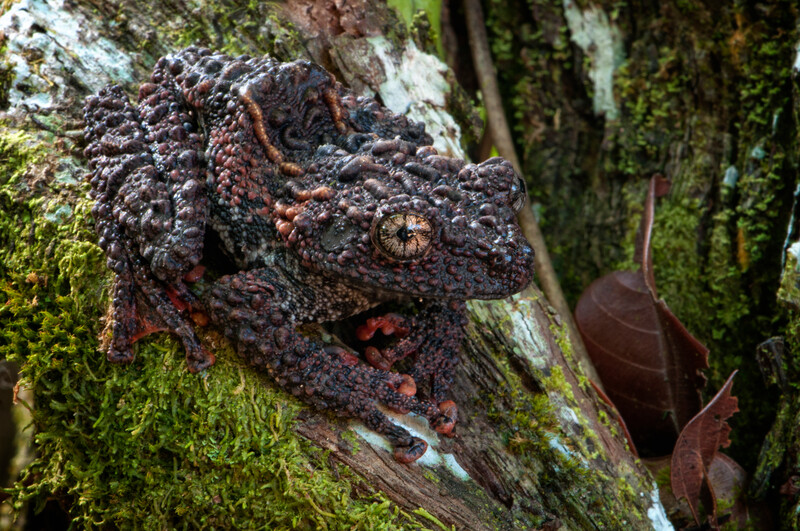

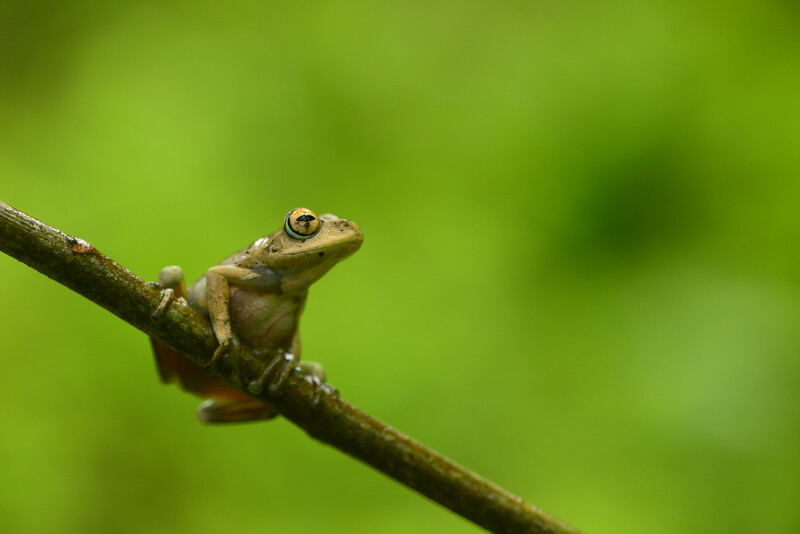
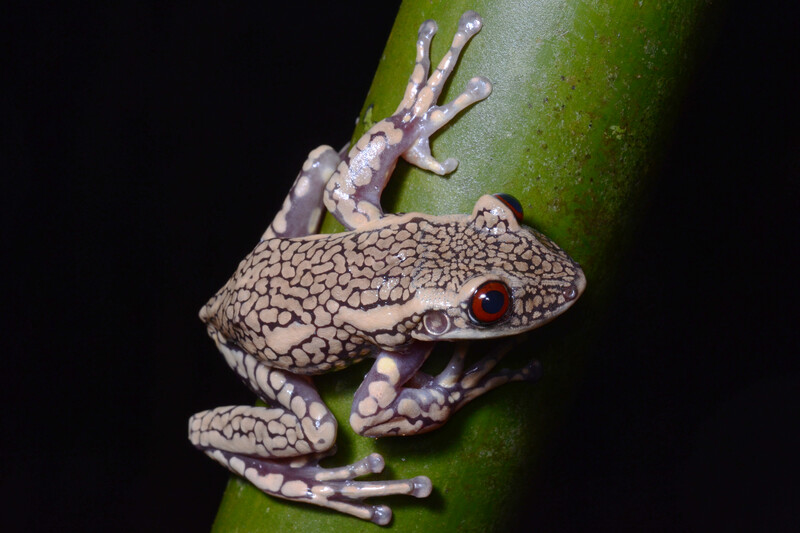
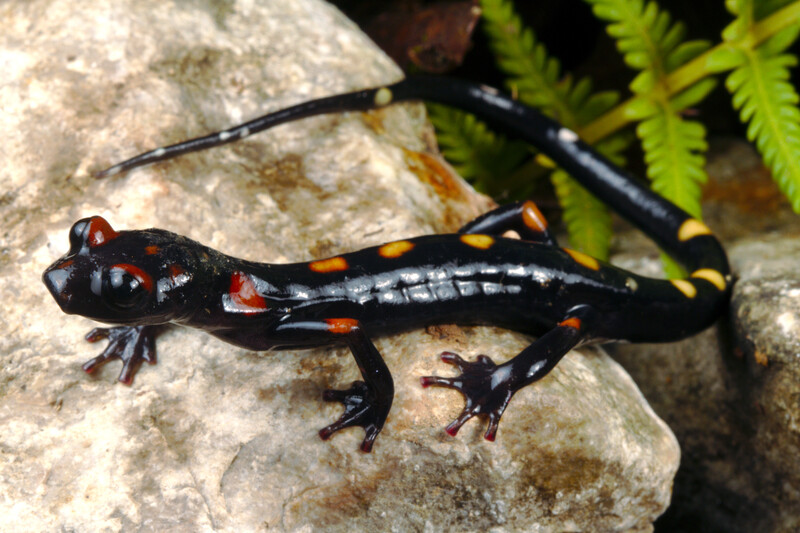

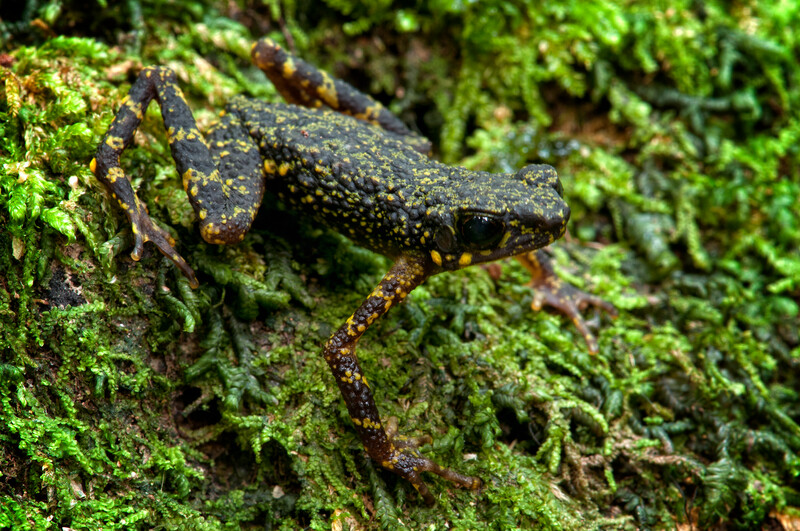
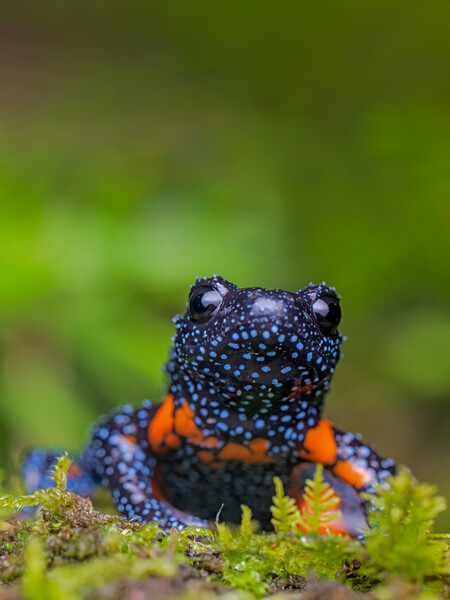
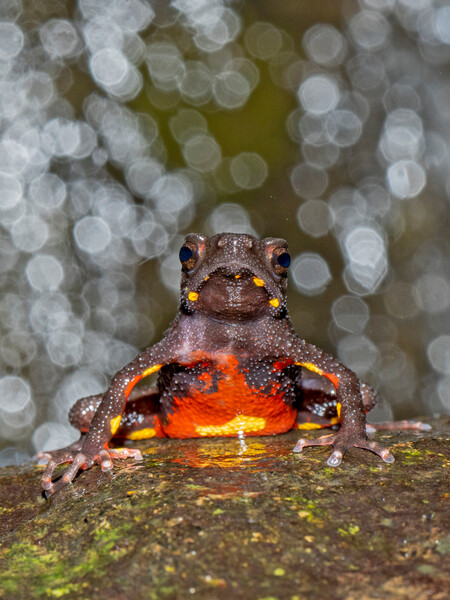

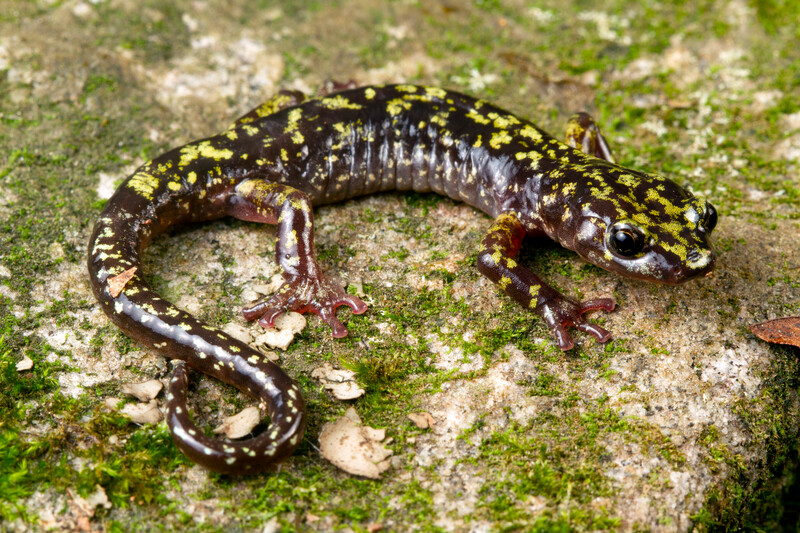

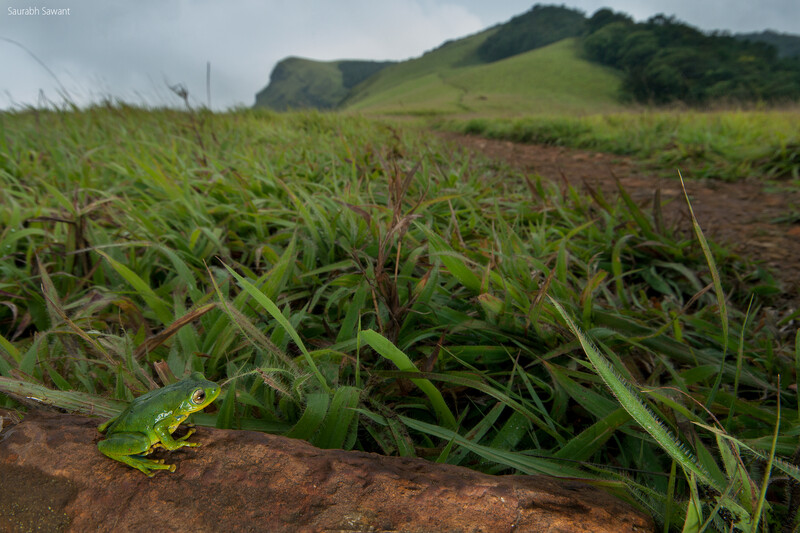

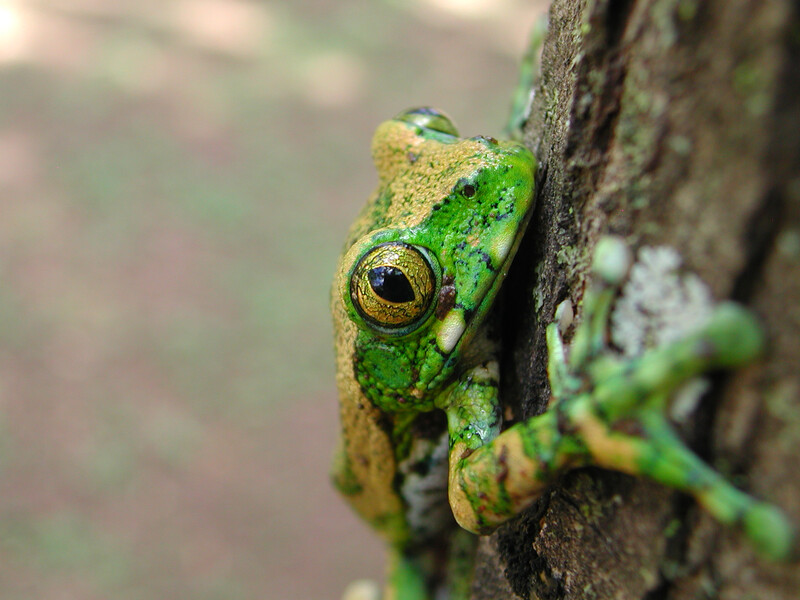
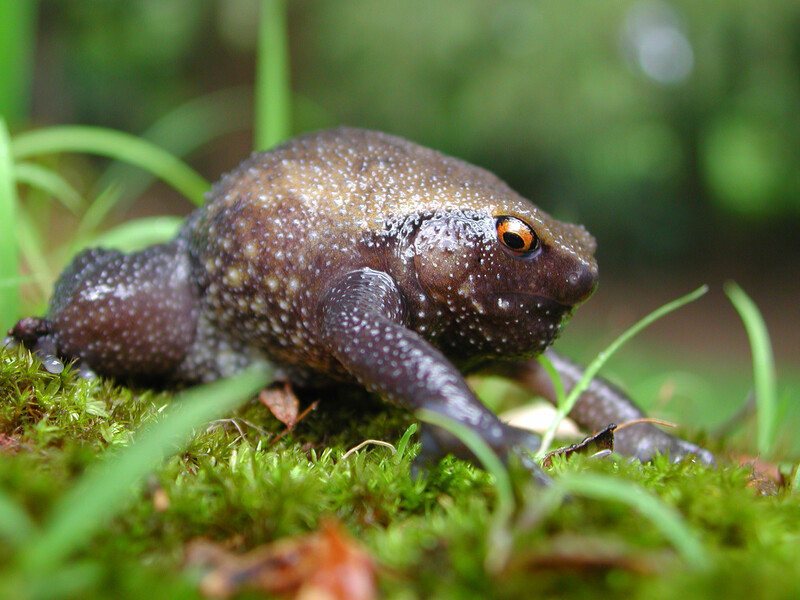

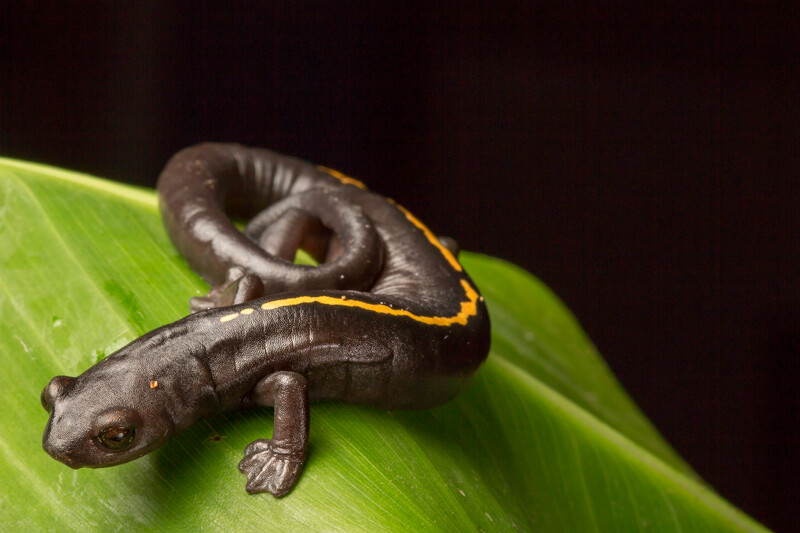


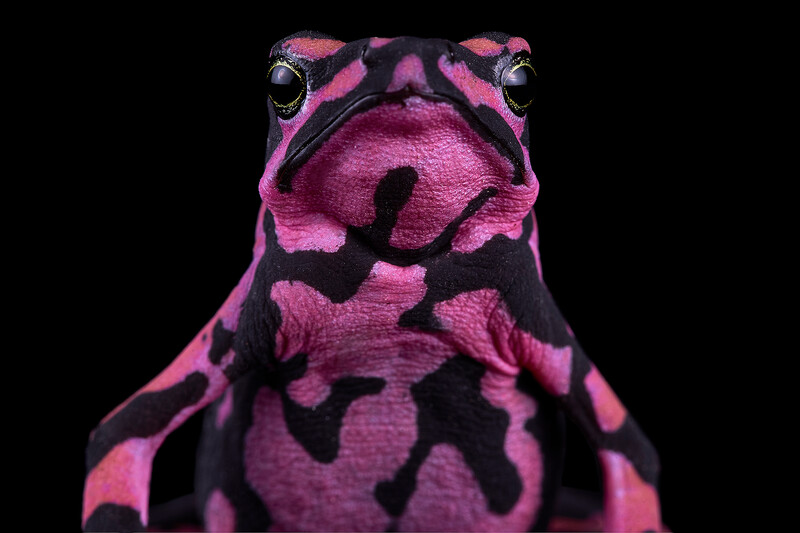
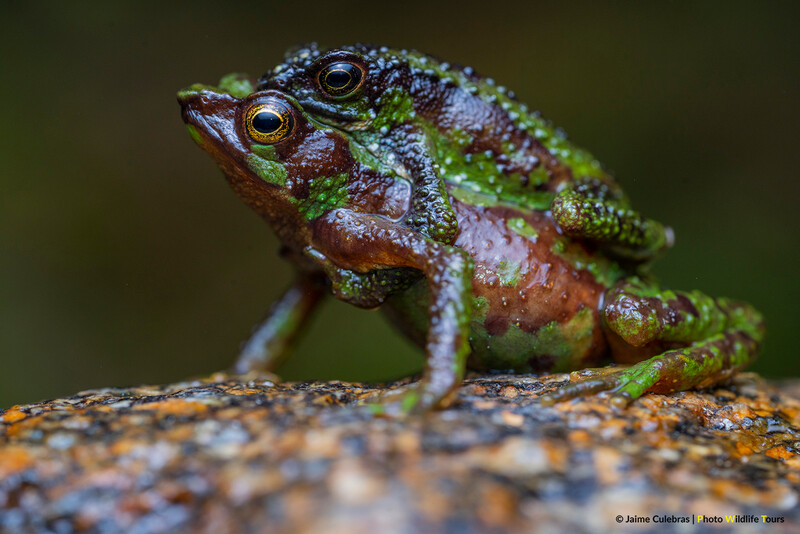




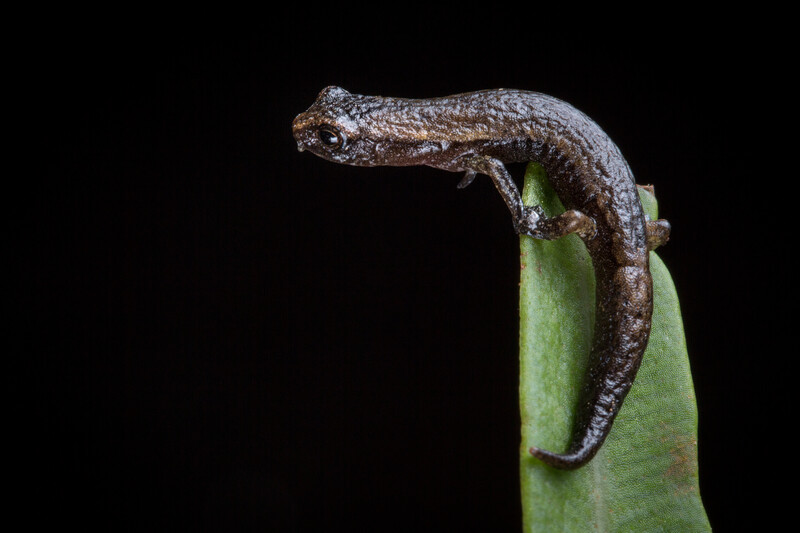

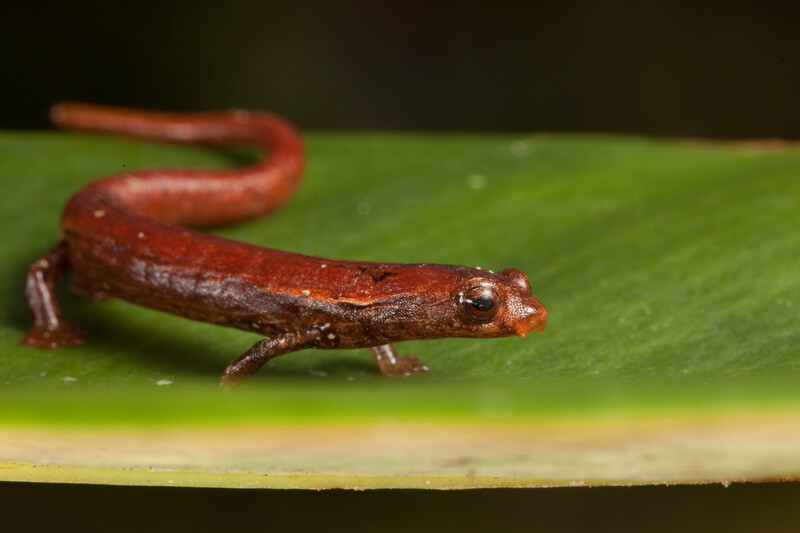
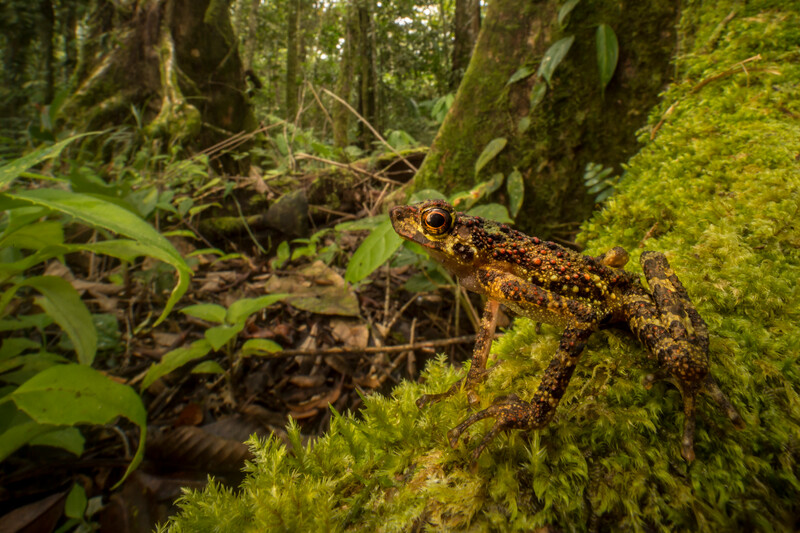

Devin Murphy
Writer
Devin Murphy is Re:wilds’s senior communications specialist and helps Re:wild and its partners tell stories about the work they do to protect wildlife and wildlands around the planet. Her favorite stories about conservation include fascinating and little-known species and the dedicated humans protecting them.


